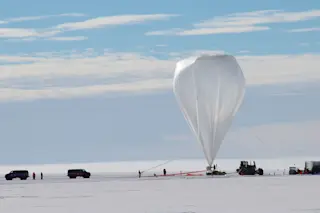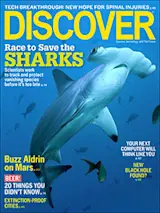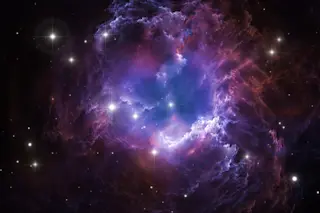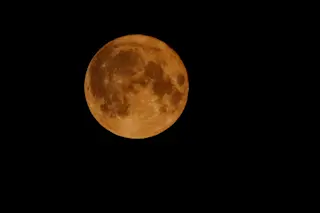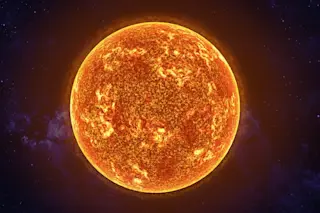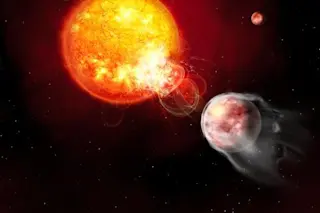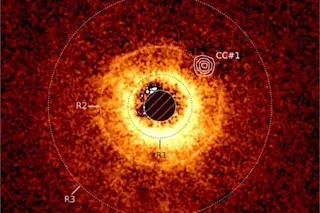Super-TIGER is lost somewhere on the snow dunes of Antarctica. Strictly speaking, “lost” isn’t quite right. More like “inaccessible.” Walter Robert Binns knows the exact whereabouts of his wayward, two-ton cosmic-ray experiment: 82 degrees 14.69 minutes south, and 81 degrees 54.88 minutes west.
That’s about 1,000 miles east from McMurdo Station. But the sun has set on Super-TIGER, and it will not rise again until September. Temperatures are headed down to minus 70 degrees Fahrenheit. No sane search party would head out in the polar darkness, so for now there is nothing to do but wait.
That idleness contrasts starkly with the flurry of activity that came just before. For nearly two months, Super-TIGER took a wild ride 24 miles above the South Pole, hanging beneath a giant long-duration balloon.
From that perch, high above the bulk of Earth’s atmosphere, the box-shaped instrument was pelted by heavy atomic nuclei from ...


